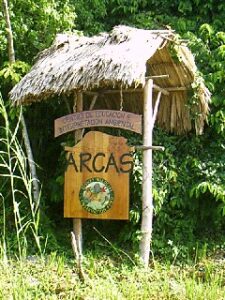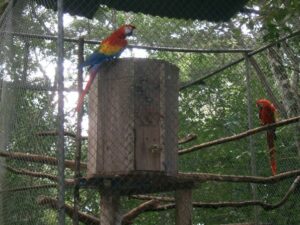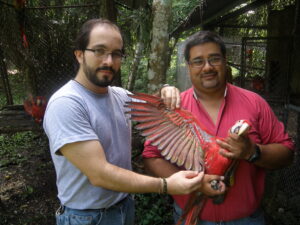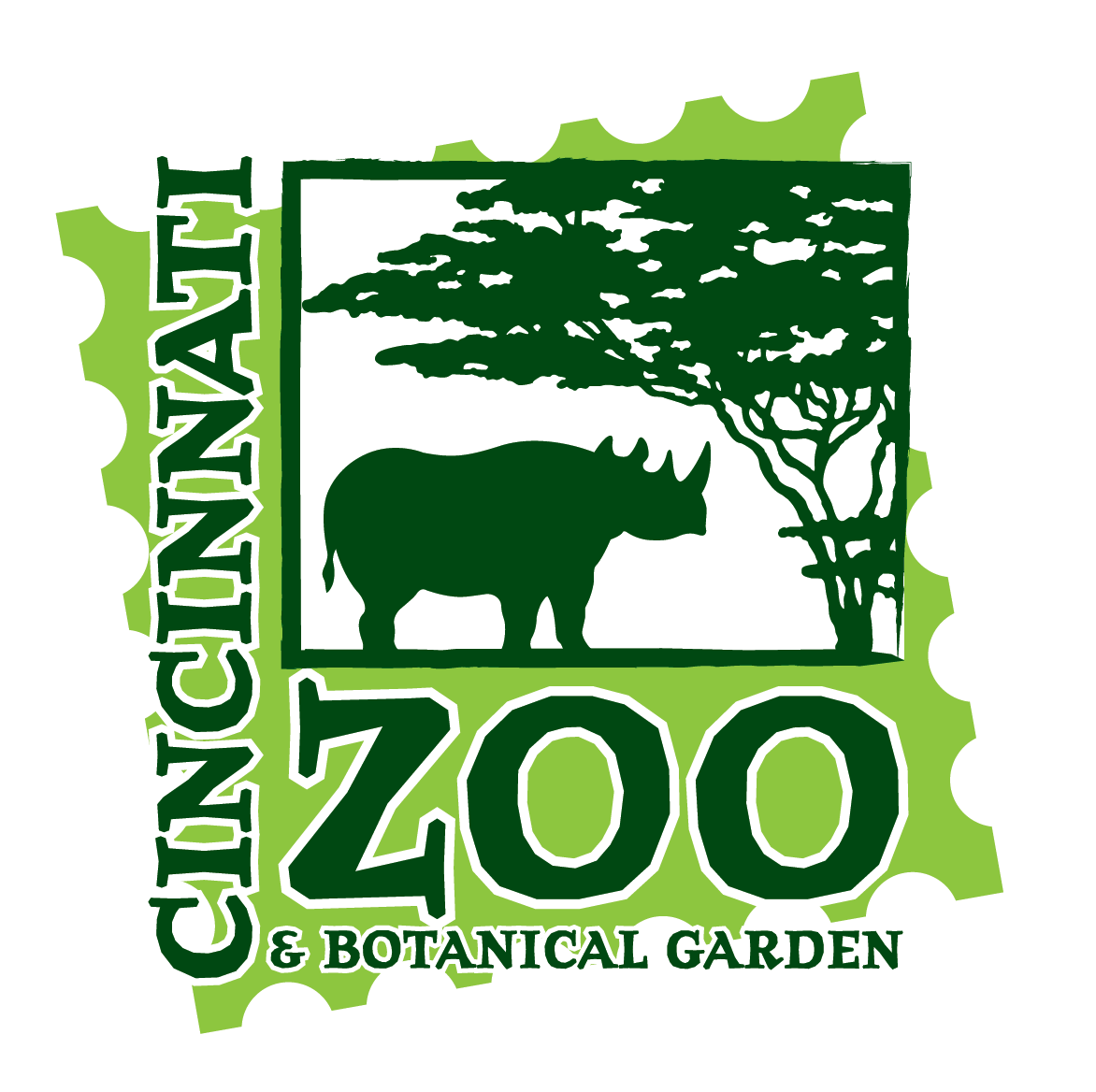Saving Scarlet Macaws in Guatemala
One of the largest and most brilliantly colored macaws, the scarlet macaw inhabits the tropical forests of Central and South America. Despite its large range, scarlet macaw populations in Central America suffer greatly from the pet trade, hunting and habitat loss. The Zoo supports scarlet macaw conservation in Guatemala through the Wildlife Rescue and Conservation Centre (ARCAS).

ARCAS collaborates with other organizations to ensure the survival of the scarlet macaw within the Mayan Biosphere Reserve through the Macaws Without Borders consortium. In addition to rescue and rehabilitation of wildlife, ARCAS also conducts environmental education activities as well as breeds scarlet macaws with the aim of reintroducing them to bolster the wild population, which is estimated at fewer than 150 scarlet macaws in Guatemala.

ARCAS initiated its scarlet macaw breeding program in 2004 at the Rescue Centre. Since then, it has successfully fledged two to four birds a year for a total of 45 so far. It has had to overcome obstacles including attacks by Africanized bees and margays, thefts and parasitic infestations of nest boxes. There are now nearly 100 scarlet macaws at the Centre (captive-bred and rescues), an important genetic stock for future reintroduction efforts. ARCAS is currently laying the groundwork to establish an ongoing release program in the Sierra Lacandon National Park where it plans to release up to six macaws per year to reinforce the severely depleted population in the park.


Funds supplied by the Zoo have been used to construct an incubation house for chicks requiring special care and new flight cages that enable the fledgling birds to fly and strengthen their muscles in preparation for their eventual release into the wild. The Zoo also funds field trips for local students to visit the ARCAS center and learn about the scarlet macaw program.


